Trachinoidei
No idea what unites this group. Our boy Nelson says it's a little up in the air, so we'll just talk about each individual family. Sound good? Good.
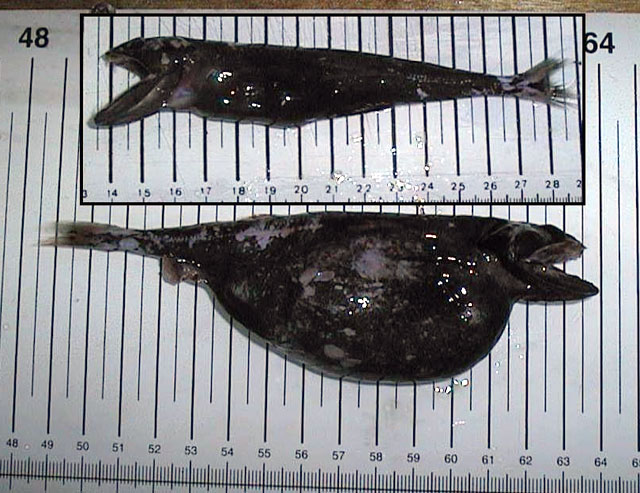
Fishbase, Esther Roman Marcote
Chiasmodontidae: Swallowers
Huh, with a name like swallowers, what do these fishes do? Well, based on their "highly distensible mouth and stomach," probably...swallow stuff. In fact, it can swallow prey much larger than itself. Imagine you, a human, swallowing something the size of two humans, then walking around all day with your abdomen all distended. It would be hell getting in and out of your car.
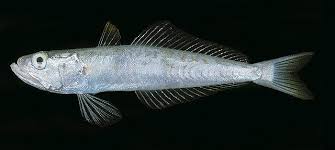
Fishbase
Champsodontidae: Gapers, Crocodile Toothfishes
There is one genus, Champsodon. These fishes have elongated pelvic fins located below the shorter pectoral fins. Nelson says there is technically no evidence placing this family here, but he's awesome so he does what he wants.
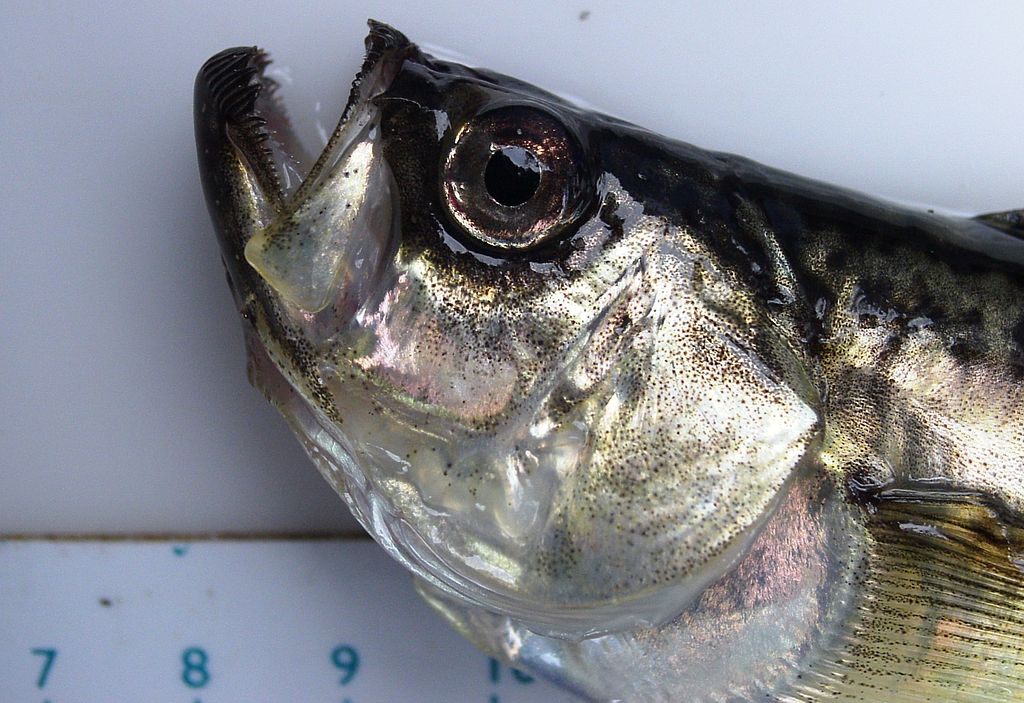
By David Csepp, NMFS/AKFSC/ABL [Public domain], via Wikimedia Commons
Trichodontidae: Sandfishes
There are two species in different genera, Arctoscopus japonicus and Trichodon trichodon. They both have vertical mouths, with their lips having fringes. Not exactly the fish you want to kiss before you throw it back. A. japonicus is a food fish in Japan, eaten as both adult and roe, and is also used for fertilizer.
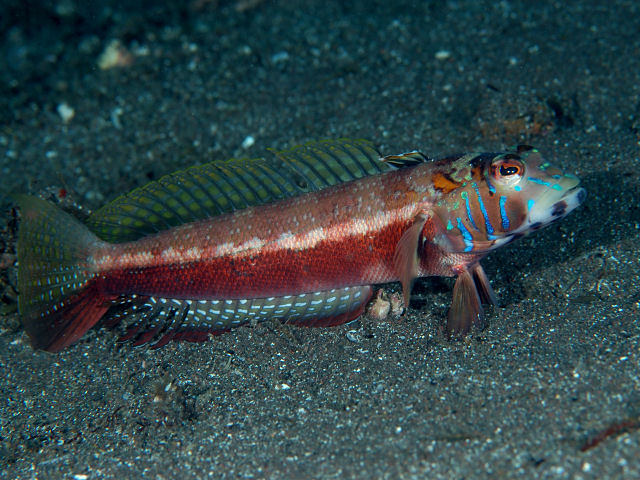
By Izuzuki (http://www.izuzuki.com/) [CC BY-SA 2.5], via Wikimedia Commons
Pinguipedidae: Sandperches
These elongated fishes have long dorsal and anal fins with a serrated appearance. They use their pelvic fins to prop themselves up on the seafloor. Some species of the genus Parapercis begin life as females then change to males later in life.
Cheimarrhichthyidae: New Zealand Torrentfishes
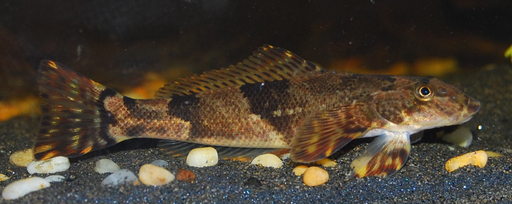
By Blueether (Own work) [CC BY-SA 3.0], via Wikimedia Commons
There is one species, Cheimarrichthys fosteri. This fish has an inferior mouth which is nonprotractile, making it look similar to a suckerfish (Catostomatidae). They are amphidromus, which means they give birth in freshwater, the young swim to saltwater, then swim back to freshwater to reproduce at the end of their lives.
Trichonotidae: Sanddivers
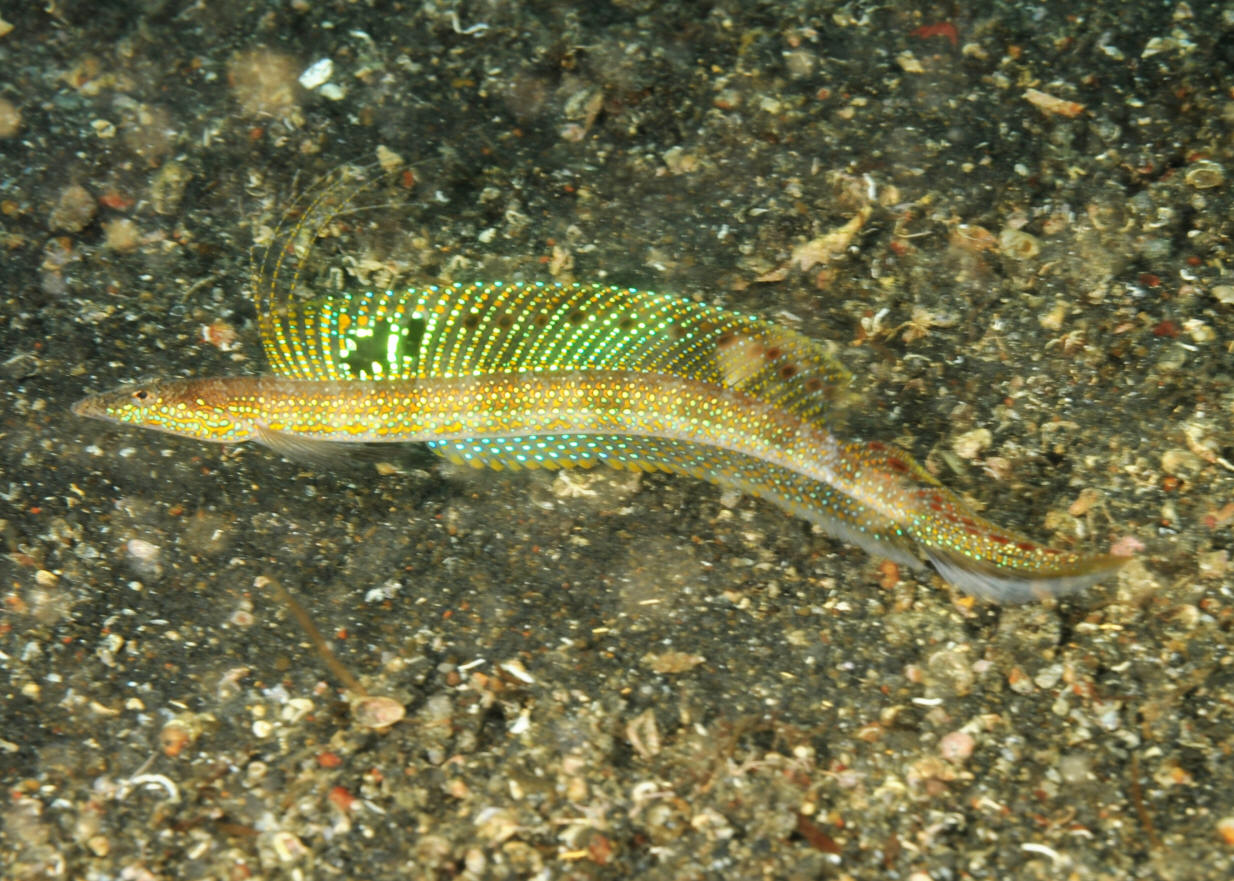
wetwebmedia.com
There is one genus Trichonotus. These elongated fishes have a lower jaw that projects past the upper jaw; Nelson also says they have some sort of strange "iris flap" over the eye, but I can't find much else on that.
Creediidae: Sandburrowers
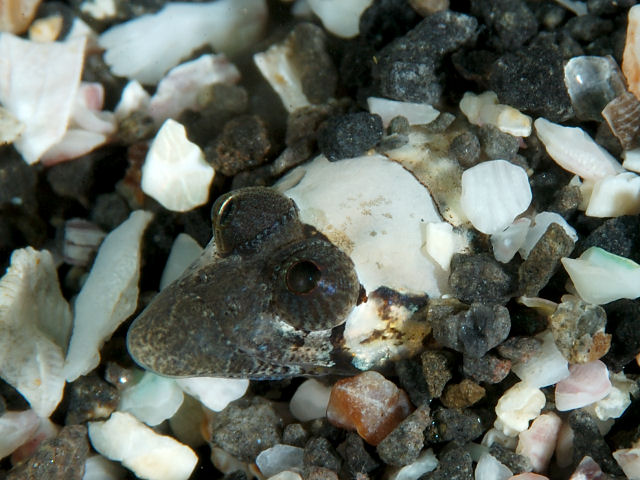
By Izuzuki (http://www.izuzuki.com/) [CC BY-SA 2.5], via Wikimedia Commons
The upper jaw protrudes past the lower jaw, but it's okay, because the lower jaw has a border of cirri. The eye has an infolding at the cornea-skin junction, and the eyes slightly protrude. If you shine a light through the operculum (bony covering over the gills) it has a splintered appearance.
Percophidae: Duckbills
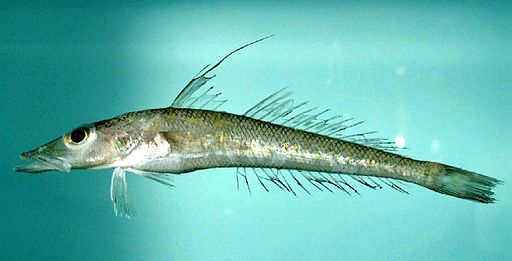
By NOAA's Fisheries Collection , SEFSC Pascagoula Laboratory; Collection of Brandi Noble, NOAA/NMFS/SEFSC [CC BY 2.0 or Public domain], via Wikimedia Commons
The name comes from the fact that the head is depressed dorsally, giving it the appearance of having a duckbill. Not to be confused with actual ducks, which also live in/around water and have duckbills.
Leptoscopidae: Southern Sandfishes
This fish is made to live in the sand, as it has eyes on the top of its head, an oblique mouth, and fringed lips. One of the genera is called Crapatulus, which seems slightly funny.
Ammodytidae: Sand Lances
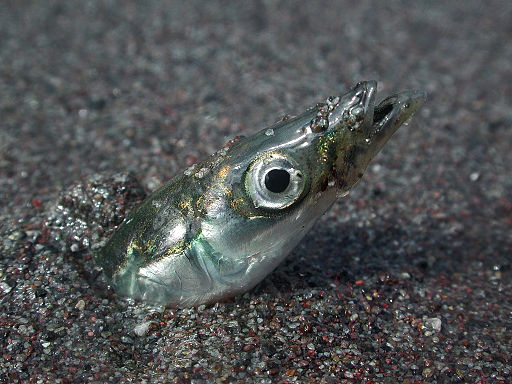
By Mandy Lindeberg, NOAA/NMFS/AKFSC [Public domain], via Wikimedia Commons
To call these fishes elongated would not do them service. They are extremely skinny, with a dorsal fin running almost the whole length of the body and the lateral line located almost at the dorsal fin. Supposedly they have the ability to move their eyes independently of each other.
Trachinidae: Weeverfishes
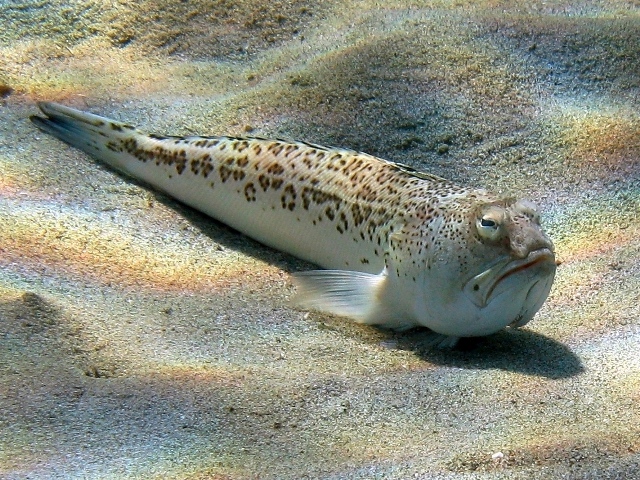
By Etrusko25 (Own work) [Public domain], via Wikimedia Commons
These chubby looking fishes bury themselves in the sand, but don't step on them. They have venomous spines located on the gill covers as well as the dorsal fin. Sometimes it's used for soup...delicious.
Uranoscopidae: Stargazers
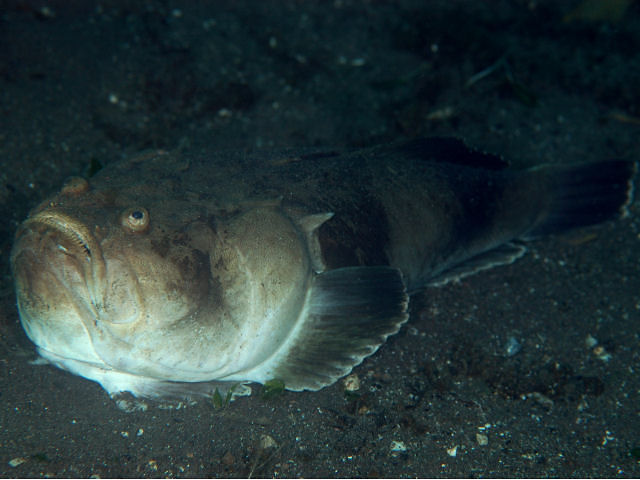
By Izuzuki (http://www.izuzuki.com/) [CC BY-SA 3.0], via Wikimedia Commons
Of course we saved the most interesting family for last. The stargazers are meant for living in sand, with eyes on the top of their head, an oblique mouth, and a lateral line located near the dorsal fin. They have large venom spines located behind the gill cover on each side, almost like spiky shoulder pads. Some of them haave a wormlike lure in their mouths that they use to attract prey. Members of the genera Astroscopus and Uranoscopus are able to generate electric fields, som using modified eye muscles and others modified sound-generating muscles. More interestingly, although they can generate an electric field, they do not have electroreceptors to receive any corresponding signals.